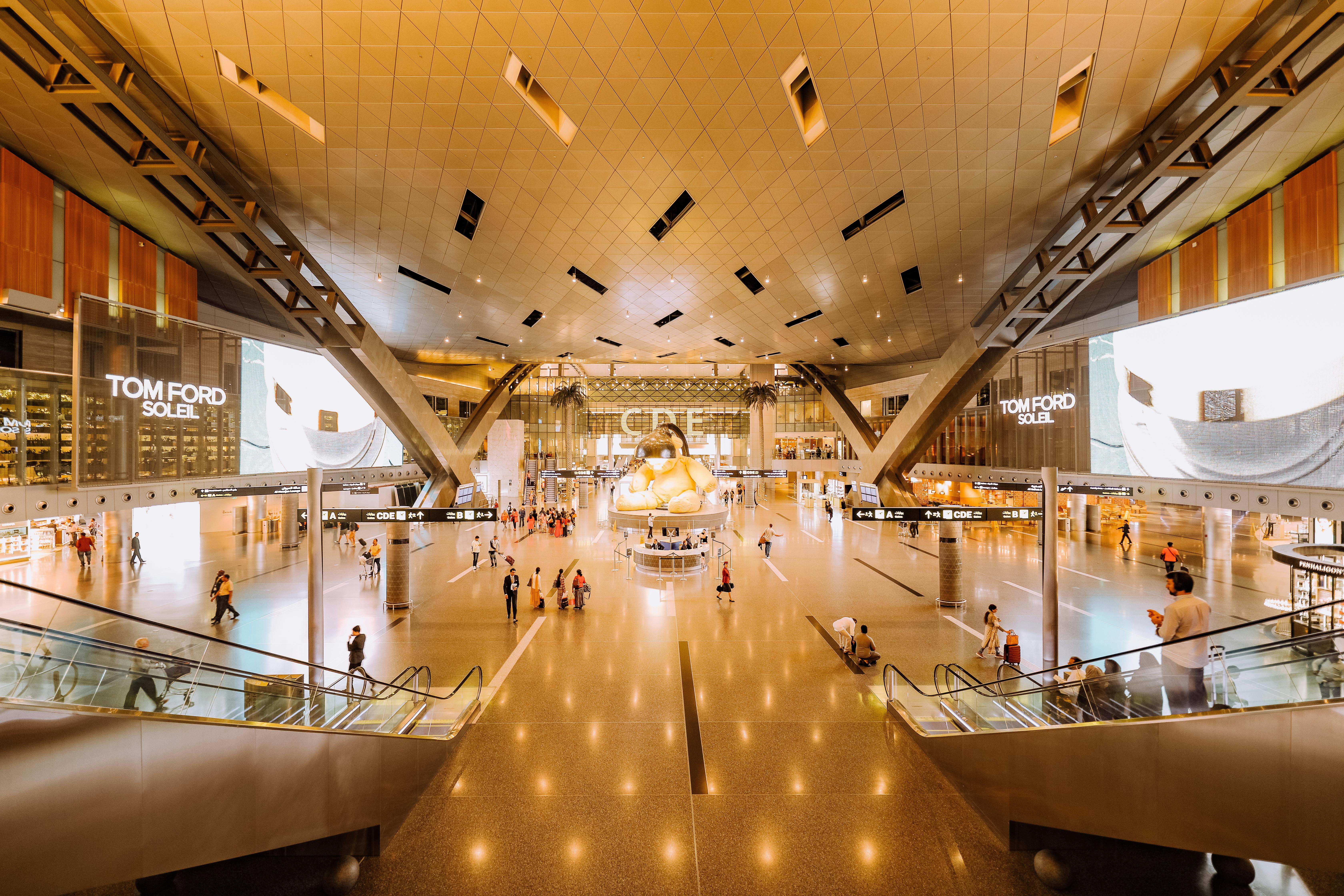Incandescent Innovations: The Art of Light Installations
The world of art has been lit up, quite literally, by an innovative trend that is electrifying artistic spaces and galvanizing audiences worldwide. This article delves into the energized realm of light installations, illuminating its historical roots, current trends, and bright future.

A Spark in the Dark: The Origins of Light Installations
The concept of utilizing light as an artistic medium has its roots in the early 20th century. The kinetic art movement of the 1950s and 60s, which emphasized motion and viewer participation, provided a fertile ground for the development of light installations. Artists like Dan Flavin began using electric lights to create sculptures and site-specific installations, transforming ordinary spaces into ethereal experiences.
Illuminating the Present: Current Trends in Light Installations
Today, the art of light installations has evolved and expanded, incorporating cutting-edge technologies such as LED lights, digital projection mapping, and interactive sensors. From immersive exhibitions that envelop entire rooms to standalone sculptures that play with shadows and reflections, light installations offer a wide array of artistic expressions.
Artists like Jenny Holzer and James Turrell are leading the charge, creating works that explore the interplay of light, space, and the human perception. Their installations are not just visually stunning, but also provoke thought and introspection, making the viewer an active participant in the artistic process.
The Spotlight Effect: Impact and Reception of Light Installations
Light installations have a unique ability to captivate audiences. Their transformative power can turn the most mundane locations into magical landscapes, drawing people in and providing a communal, shared experience.
Moreover, these installations are often used to make powerful social and political statements, shedding light on pressing issues. For example, artist Rafael Lozano-Hemmer’s “Pulse Room,” a field of incandescent light bulbs that pulsate in time with the viewer’s heartbeat, explores themes of life, connection, and mortality.
A Beacon of Research: Facts and Findings
Research into the impact of light installations has found that they can significantly affect mood and emotion. Studies have shown that these installations can evoke feelings of awe and wonder, fostering a deeper connection to the artwork. They also promote engagement, with interactive elements encouraging viewers to become part of the installation, rather than passive spectators.
Bright Prospects: The Future of Light Installations
As technology continues to advance, the potential for light installations only grows. Artists are already experimenting with virtual and augmented reality, creating immersive light experiences that extend beyond physical spaces. As we move into the future, the art of light installations promises to continue illuminating our world, offering new avenues for creative expression and shared experiences.
In conclusion, light installations represent a dynamic and innovative trend within the arts and entertainment industry. By harnessing the power of light, artists are transforming spaces, engaging audiences, and shining a spotlight on important issues. As we look to the future, it’s clear that the art of light installations will continue to brighten our world.




